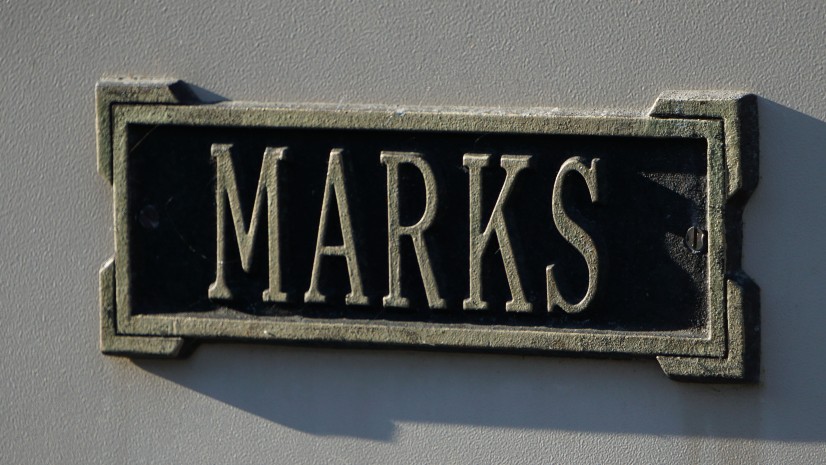
This past weekend Elon Musk announced plans to rebrand Twitter as X. This strategic shift from one of the most recognized names and logos in the social media realm is stirring discussion throughout the industry. This notable transformation raises a broader question: Can a company still have rights in its trademarks after rebranding? What might come of the famous TWITTER mark and the friendly blue bird logo?
Continued Use is Key
In the United States, trademark rights primarily arise from the actual use of the mark in commerce (and not just from registration of the mark). The Commerce Clause of the United States Constitution grants Congress the power to regulate commerce among the states. Exercising this constitutional authority, Congress enacted the Lanham Act, which serves as the foundation for modern trademark law in the United States. By linking the Lanham Act’s protections to the “use in commerce” of a trademark, the legislation reinforces the principle that active commercial use, rather than mere registration, is a key determinant of rights in that trademark. So, as long as a company has genuinely used its trademark in commerce (assuming no other company has rights that arose prior in time), the company retains rights to that mark.
Though a company may transition to a new brand identity, it can maintain rights to its former trademark by continuing its use in some form or another. This might involve selling a limited line of products under the old brand, using the old brand in specific regions, or licensing the old trademark to other entities. Such actions show the company’s intent to maintain its claim and rights to the mark—such rights being tied strongly to the actual use of the mark in commerce. No doubt continued use of the old marks after a rebrand can be problematic, as it may paint an unclear picture as to how the company is developing its identity. For example, as of the time of this blog post, X has placed the new X logo, but still has the words “Search Twitter” in the search bar. And there is also the open question of whether we will in the future call content posted to the platform “tweets”.
Avoiding Abandonment
If a company does not actively use its trademark and demonstrates no intention to use it in the future, it runs the risk of abandonment. Once a trademark is deemed abandoned, the original owner loses exclusive rights to it. This is obviously problematic for a brand owner, because a third party could then enter the scene, adopt use of the abandoned mark, and thereby pick up on the goodwill the former brand owner developed over the years.
What Will Twitter Do?
It is difficult to imagine that X will allow the TWITTER mark to fall into the history books of abandoned marks. The mark has immense value through its long use and recognition—indeed the platform has been the prime mover in its space since its founding in 2006. Even if the company commits to the X rebranding, we probably have not seen the end of TWITTER and the blue bird as trademarks. There will likely be some use, even if different than what we have seen over the past 17 years, to keep certain trademark rights alive.
From the archives:







